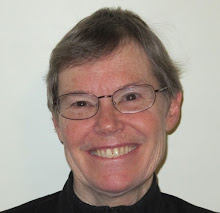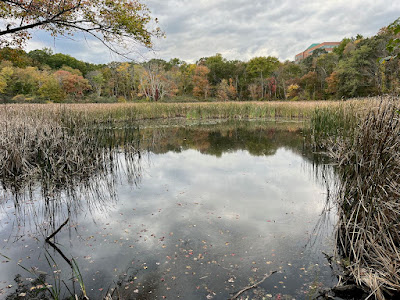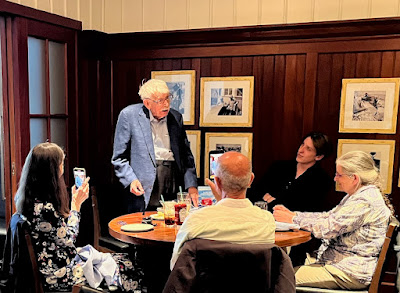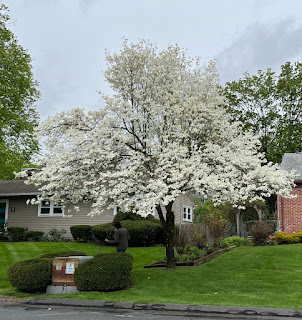Here are photographs of a history textbook published in 1852 and owned by my great-grandfather Andrew Nichols in Danvers.
Elements of History, Ancient and Modern was written by Joseph B. Worcester. This new edition includes statements that it was adopted in the Grammar Schools of many cities (Salem, Worcester, Cambridge, Boston...), and also "required in the examination of candidates for admission into the Freshman Class at Harvard College."
Online, you can now find digitized copies of many other editions (e.g., 1831, 1835, 1866), but I have not yet found this exact one. I've photographed selected pages of this book to share here. Perhaps someone will want to compare these samples to other editions?
 |
| See my prior post re "Peabody High School" |
[Click on any image to ENLARGE it, for legibility.]
Much of the book is devoted to the history of Greece (pages 15-52) and Rome (58-110). Then, after brief chapters on Crusades and Chivalry, the Modern History section starts on page 131. Of the European countries, France and England get the emphasis. The history of America starts on page 251.
Many Tables and Charts are included; here are some examples, densely packed with information:
Note this "Sources of History" on page 8, reminding us of alternatives to written documents:
This old book of course reveals perspectives and prejudices of the era (19th century). It gives us an idea of what was taught in Danvers schools (and elsewhere) at that time.
I did appreciate reading some frank comments by the author where he acknowledged great harms done by European colonizers. Here's an exceptionally revealing section (from pages 257-8):
30. It was the practice of Europeans to take possession of the parts of America which they visited, by the pretended right of discovery. The original inhabitants were treated as if they had no rights, and were no more owners of the soil than the beasts of the forest. This example was set by Columbus himself. He landed upon St. Salvador, the first island discovered, in a gorgeous dress, with a drawn sword in his hand, and the royal standard displayed, and took possession of the island for the crown of Castile and Leon ; and in conformity to this practice, it was inscribed on his tomb, that to this crown he "had given a new world."
31. The pope, in accordance with principles that were acted upon in an age of ignorance and superstition, granted to the sovereign of Spain the countries discovered by their subjects in the new world. The propagation of Christianity was held out as the chief reason for taking possession of America; and the promotion of a religion which breathes "peace on earth and good-will towards men," was made the pretext for every species of injustice, cruelty, bloodshed, and slavery, which the defenseless inhabitants of America were destined to experience from Cortes, Pizarro, and other unprincipled invaders.
32. The Spaniards who first came to America were stimulated by the desire and expectation of finding the precious metals, gold and silver. So powerful was this passion for gold, that the first adventurers encountered every possible hardship and danger in search of it, and sacrificed millions of the wretched natives, whom they compelled to work in the mines. The unfortunate Indians were distributed, like cattle, into lots of so many hundred heads each, and sold to the colonists. The Indians, who were naturally of a weak constitution, were rapidly wasted away by the hard service to which they were subjected. So great was the mortality among them, that out of 60,000 Indians who were in the island of St. Domingo, in 1508, only 14,000 are said to have remained in 1516 ; and it was not many years before the race became nearly extinct in most of the islands.
33. This cruelty to the Indians was strongly condemned by Las Casas, and other benevolent persons, and the colonists soon began to look to Africa for a supply of laborers in their mines and on their plantations. It was found that one able-bodied negro could do as much work as four Indians.
34. The first importation of negroes from Africa to the West Indies was made, in 1503, by the Portuguese and a larger one was made by order of Ferdinand of Spain, in 1511 ; since that time, the inhuman traffic in African slaves has been carried on by most of the European nations ; nor has it yet been abandoned by Spain and Portugal, the two European countries which were the first to begin this barbarous traffic and which seem disposed to be last to relinquish it.
I do know that my great-grandfather, the student owner of this textbook, became an abolitionist.












.jpeg)


.jpeg)























